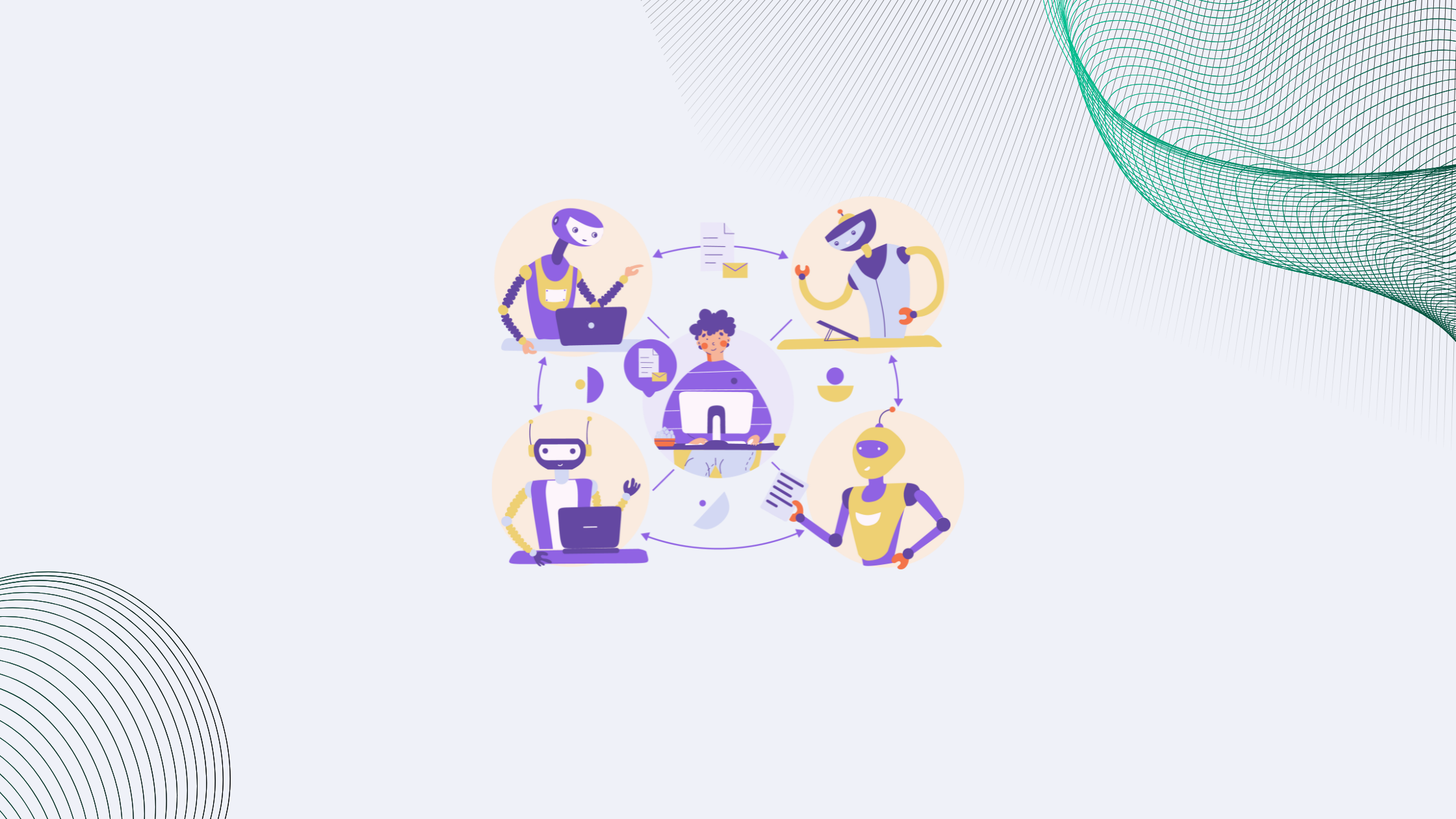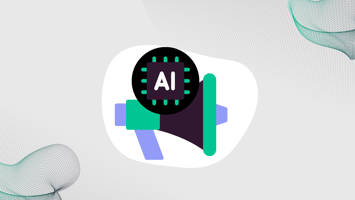Language as Technology: How Associations and AI Are Co-Creating Knowledge Language is a technology...
Using AI for AI's Sake
Last week's DigitalNow conference featured many fantastic sessions focused on AI, with a wide variety of experiences and perspectives on the technology and its applications. A recurring theme was clear: AI is a tool, not a goal in itself. Simply adopting AI—or any new, shiny technology—just for the sake of it is a direct route into the all-too-common technology hype cycle. This approach often leads to outcomes that are, at best, inefficient or, at worst, actively harmful to your organization.
Getting Started: The Contradiction
If you’ve attended a session run by the Betty team or used the Sidecar AI Learning Hub, you might have heard me (and other speakers) emphasize the importance of just trying something with generative AI. This advice seems a bit contradictory: "Don't use AI for its own sake, but also... just use it." So, how do we reconcile these messages?
The Blind Spots of Exponential Growth
Part of the issue here is that we are blind to the capabilities and impacts of exponentially growing technology. AI's capabilities are advancing so quickly that it can often feel either magical or fake, depending on your perspective. This disconnect makes it hard to see how AI might help solve problems just from people telling you what’s possible. It can be even harder to imagine what it's going to be able to do soon and grasp all the expanding possibilities because they are evolving so rapidly.
Low-Stakes Experimentation
We're talking about a technology that can be applied in so many different ways that many of us can't focus on any particular task, aspect of our work, or even simple examples without diving in and getting our hands on it. Generative AI is still so new that there are wild misconceptions about what it can do, disagreements about what it should do, and we're surrounded by messages that it's changing the world while also not knowing how it can help us directly. Trying to just come up with a good use case based on all this information tends to just leave many people stuck.
The message to 'just use it' is not intended to be advice to make massive changes to your organizations as step one. And it is not intended to suggest that you overhaul all your processes to be AI-driven tomorrow. It is intended to encourage low stakes experimentation. The sheer number of ways AI can be applied means that it’s extremely hard to identify specific use cases or applications without hands-on experience.
Breaking Through the Noise: Start Small
So, how do you cut through conflicting information? Get direct experience! While generative AI is a massive topic with a ton of potential complexity, the real magic of it is how accessible it is. AI isn't anything new, even the techniques used to produce the latest and greatest tools we're leveraging today aren't something ground-breaking and unimagined before ChatGPT. What changed is that you and I, without needing to go deep into a technical topic or application, can interact with artificial intelligence.
Simple Steps to Start
- Experiment with AI tools: Try using various chatbots, image generators, or music-producing AI tools.
- Set low expectations: Start with small, fun, or non-essential tasks.
- Embrace failure: When you hit a wall, see it as a learning opportunity.
- Have fun with it: Don’t see every message as needing to be perfectly refined or impactful, just relax and you might enjoy the interaction!
These low-risk experiments will help you build the knowledge and comfort needed to keep up with what AI is capable of today and what it might do in the future. My goal with most content I share in this space is to help people move past the initial intimidation and start interacting with AI tools—whether that’s through chats, creative applications, or tools integrated into everyday software.
Building Towards Bigger Opportunities
Once you’ve dabbled with AI in simple, non-pressured scenarios, identifying larger opportunities becomes easier. For me, using AI for everyday tasks like brainstorming dinner ideas or planning weekend activities opened up new ways to spot its potential for more significant applications. Problems that may have always seemed like permanent fixtures at the organizations I speak to were transformed into opportunities!
From Individual to Organizational Strategy
- Low-stakes exploration at an individual level builds the experience needed to inform larger, strategic decisions.
- Practical experiments pave the way for more targeted, impactful AI integrations.
In short, using AI for AI's sake isn’t a smart strategy when planning at the organizational level. However, on a personal level, experimenting with AI can be a fantastic way to build the foundation for future, intentional applications. Try it, learn from it, and then scale up when the opportunities become clear.
.png?width=173&height=70&name=Betty_RGB%201%20(1).png)



